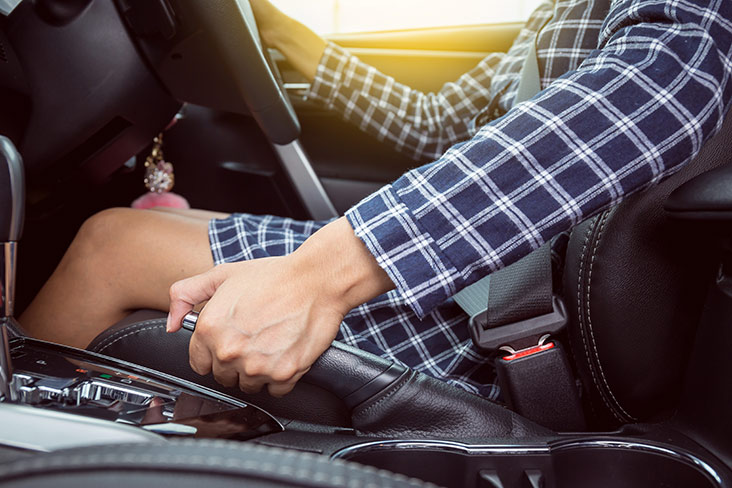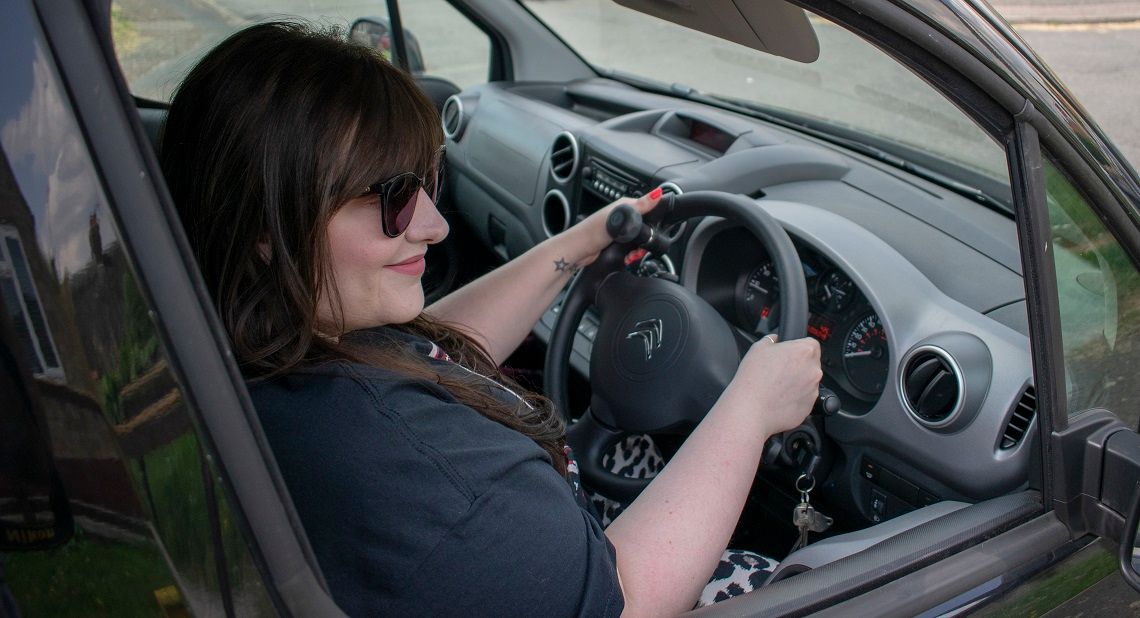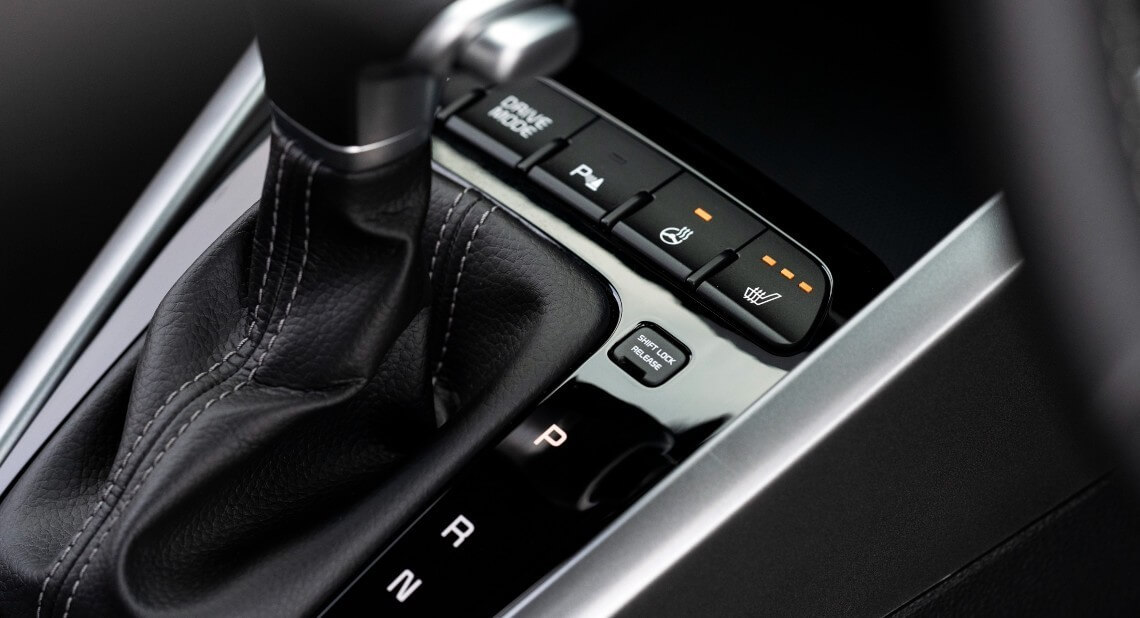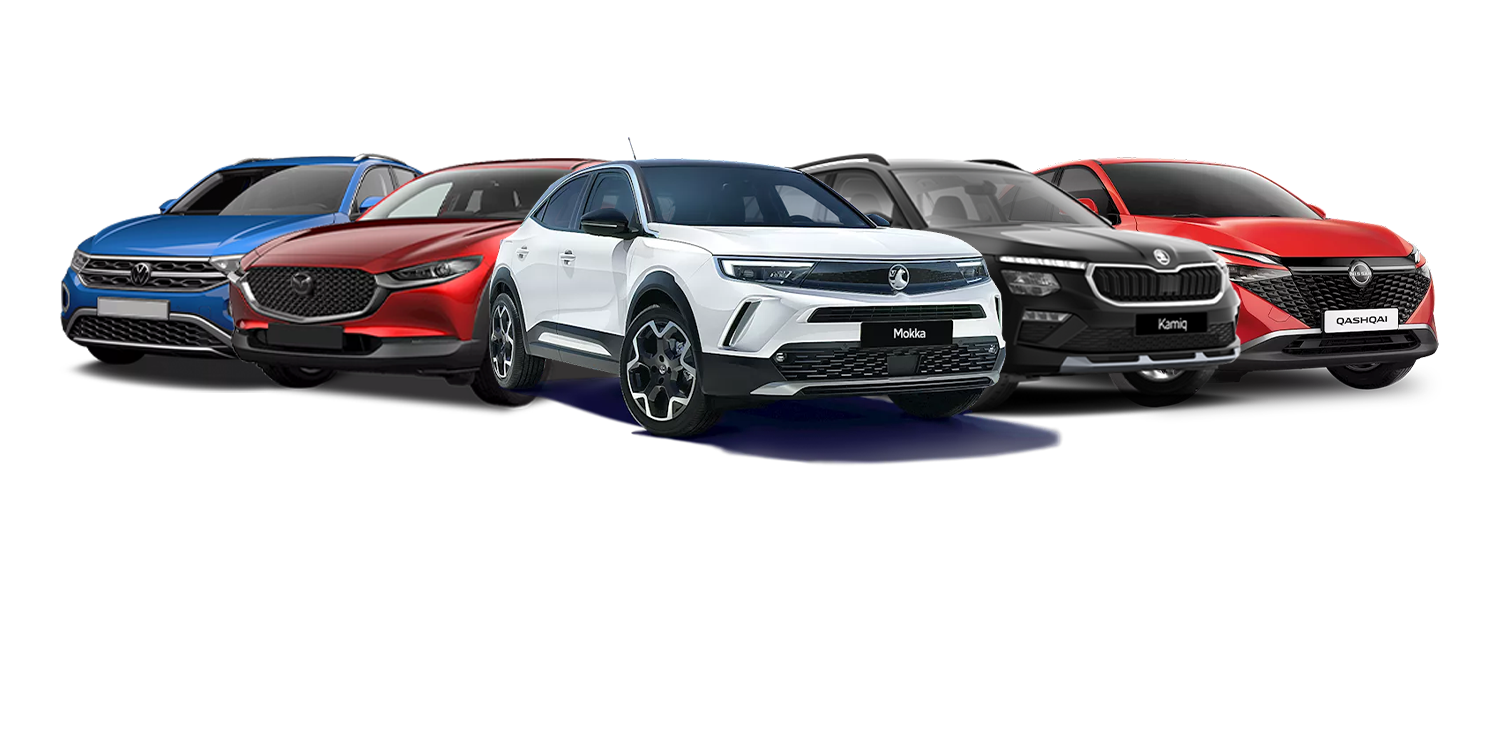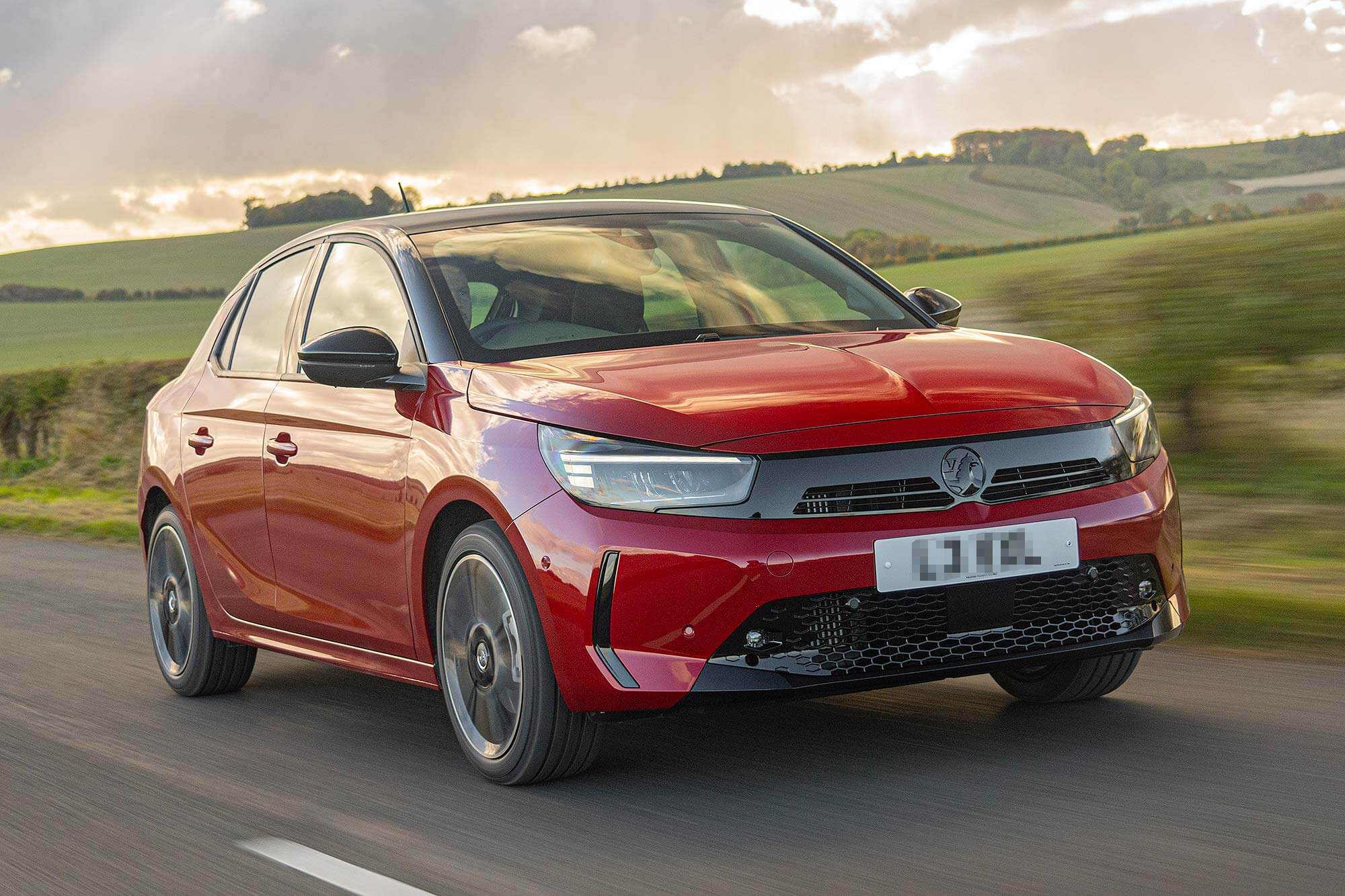A handbrake, or parking brake as it’s sometimes known, is just one feature of a car that has experienced a facelift over recent years. With constantly evolving car technology, what was once traditionally a lever, operated by hand, now takes on many guises and can often leave you scratching your head when test driving a new vehicle.
Let’s get back to basics. Traditionally, you will find the car handbrake in the centre console between the two front seats. Its purpose, when deployed, is to keep the car stationary, such as in traffic lights. It also prevents the car from rolling back at the apex of a hill, which is far easier on your foot and the vehicle than balancing on the footbrake. Therefore, car manufacturers advise using the handbrake, even when you don’t feel like you need it.
How does a conventional handbrake work?
The handbrake operates the rear brake shoes or disc pads of your car with a cable. It is used when your vehicle is parked to stop it rolling backwards or forwards. To engage it, you take hold of the hand grip, push the button (typically at the tip of the grip) and pull up the lever.
As you lift it, you’ll sense resistance as the brakes are engaged. When you feel the brakes are applying enough force to hold your car, you let go of the button. When it comes to releasing the brakes, you lift the lever ever so slightly to free the mechanism that is keeping the brakes in place in the car’s transmission. You then push the button and lower the handbrake lever.
Handbrakes stop your car from rolling and lessens stress on the transmission
Electronic handbrakes
Many manufacturers are swapping the familiar hand-operated lever with a modern and easier-to-use equivalent: an electronic handbrake. This system works via a small switch, usually placed where you would find a conventional handbrake. Sometimes this switch might be in the lower part of the dashboard instead. When it’s pushed or pulled, you’ll hear a sound coming from the motor; this is how you know your car is safely in place.
Some electronic handbrakes have an auto-hold function which senses when you reach a traffic light and need to stop the car
Adaptations available on the Motability Scheme
Adaptations are available to assist releasing conventional handbrakes. However, if you’re due to renew your lease soon, it might be worth considering choosing a car that already has an electric handbrake.
To disengage the handbrake, you simply drive off and it will automatically release. However, this does depend on the model of car; in some vehicles, you need to put your foot on the brake and push or pull the electronic switch to take the handbrake off.
An added benefit of electronic handbrakes is that they can be much easier to operate if you have limited strength or mobility in your upper body. Customers often tell us that they make the driving experience much more comfortable, too. If you’re choosing a new car and the handbrake looks unfamiliar, your dealer will be able to explain exactly how this works in the models you’re looking at.
Another great thing about electronic handbrakes is that many have a hillhold function, which prevents your vehicle from rolling backwards on hills. This means you can drive away smoothly if you need to stop on a steep incline. Some cars also come with an auto-hold feature fitted to the electronic handbrake system. This senses when you’ve reached a set of traffic lights or a junction, and engages the brakes for you. The instant you engage the clutch and push the accelerator, the brakes are freed.
For more of the latest car technology, head over to the motoring section of news and views
Searching for your next car
Motability Scheme customers have access to a range of around 2000 different cars from all the major manufacturers, as well as hundreds of different adaptations to make your driving or travelling experience more comfortable. Find out more about joining the Scheme by requesting a free information pack and browse the range of cars using the car search tool.
Related articles
7 simple tips to keep your tyres in good condition
How to average speed cameras work?
Fog lights and when to use them
![]()
